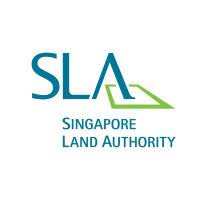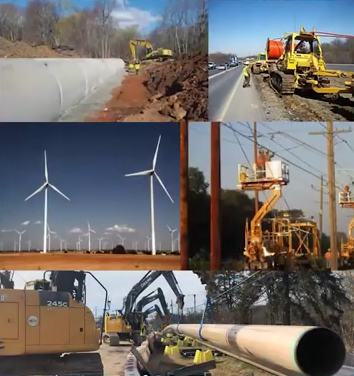The SLA Presents Their Utility Mapping Ecosystem for Digital Workflows
Singapore is tapping into the potential of underground space.
On March 23, 2022, participants of SUMSF were treated to a live stream presentation by Victor Khoo, Director of Singapore Land Authority (SLA). The topic of the presentation was on creating a utility mapping ecosystem to support digital workflows.
The SLA has three main sections: optimize land and space, be a trusted source of information (land-related), and drive a “geo-enabled” Singapore. The main motivation is to develop a digital twin, which is an important component of the digital perspective of the “city of tomorrow.” From a Singapore perspective, Khoo showed an impressive geo-data framework. Khoo says it is a progressive framework to allow the development of a digital twin. He then discussed the national 3D mapping program (N3DMP) and its benefits to help build a digital twin.

Victor Khoo, Director of Singapore Land Authority (SLA).
In Singapore, utilities, both old and new, as well as storage, waste, and even travel are underground, and going underground requires quality, updated data. Reliable, accurate data on underground utilities will save resources and help decision-making.
Khoo continued his presentation by discussing standards and specifications for utility surveys, ways to gather data, and areas of improvement for surveying standards. He spoke about the reliability of existing data and the issues caused by unreliable data.
Khoo spoke about the Digital Underground Initiative, and how Singapore aims to develop a “reliable map of underground utilities.” This included discussing the long-term vision’s four sections: consistency, accuracy, completeness, and up-to-date information.
The SLA continues to explore new mapping techniques, technologies, and workflows and is currently working on Phase 3 of their digital underground project. Their goals include an integrated approach to ensure a thriving “mapping ecosystem.” There are five components: community, capacity, capture, consolidation, and coordination.
Khoo participated in a Q and A at the end of his program.
You can watch the entire, interesting presentation below on YouTube.







